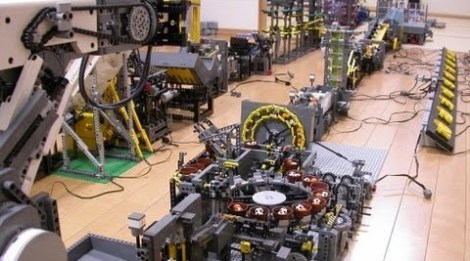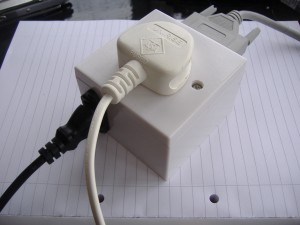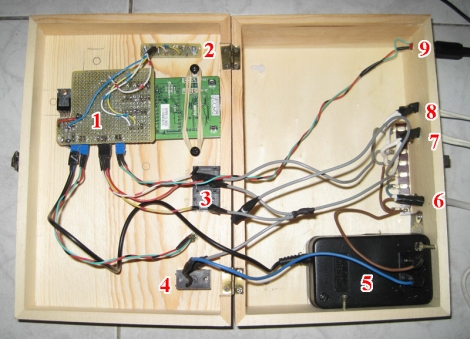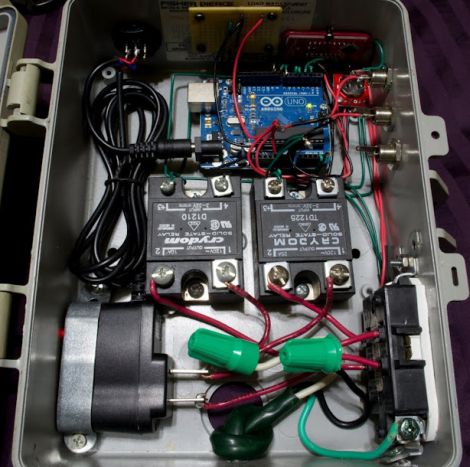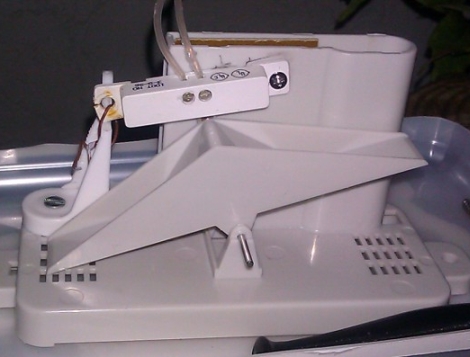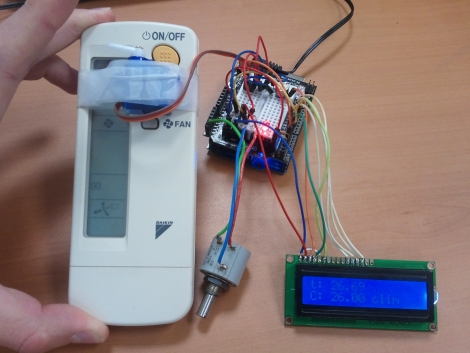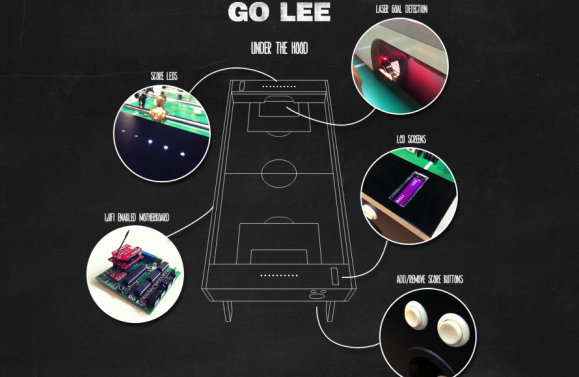
This office has a Foosball league that automatically tallies and posts the standings for each employee. This is thanks to all of the extra electronics that were added to the Foosball table in the break room.
The system is connected to the internet via WiFi. This allows it to store the final results of each game for use on the leader board. Player first identify themselves to the system using the RFID tag embedded in their employee badge (normally used to open doors in the building). From there the game play proceeds much like you’d expect, but the scoring is handled automatically. Each goal has a laser pointed across it which is broken when the ball passes through. But there are a pair of arcade buttons in case of a scoring error.
Standings are listed at the webpage linked above. There’s even functionality for new employees to registers through this page. Don’t miss a glimpse of the build in the clip after the break.
Continue reading “Electronically Augmented Foosball Brings Competition To The Office”

